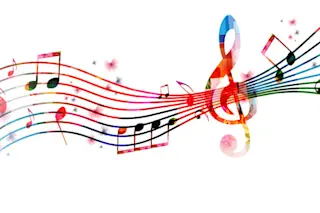Some 40,000 years ago, a slender bone flute was abandoned in a Central European cave. Carved with five finger holes and a tapered mouthpiece, the instrument dates from around the dawn of human settlement on the continent.
Humans have been making music for a very long time.
Even that flute is probably a recent example of our musical development. Its sophisticated design suggests knowledge of acoustics, likely drawing on long-standing musical customs. But earlier practices are elusive because the first music was most certainly made with the body and voice, dying with its creators. Charles Darwin considered our musical behaviors to be “amongst the most mysterious.” At least in terms of origins, his words still resonate.
Ancient bone flute Daniel Maurer/AP Photo
One way of exploring musicality before Stone Age flautists crashed Europe is to study hominid anatomy. Fossils show our australopithecine ancestors had vocal structures akin to gorillas, which ...















